SOYLENT GREEN. Outstanding piece of science fiction

The demise of civilization could be a slow but consistent process. Not a comet, not a nuclear explosion, but the advancing hunger resulting from overpopulation, environmental pollution, and the depletion of Earth’s natural resources – this could indeed be our end.
Yet there is always hope. It is commonly accepted that its symbol is a green colour. In 1973, Richard Fleischer, a master of grand spectacles known for films such as 20,000 Leagues Under the Sea and Fantastic Voyage, used the symbolism of this color in a very ironic way. The titular Soylent Green is both a symbol of hope for humanity and its moral downfall…
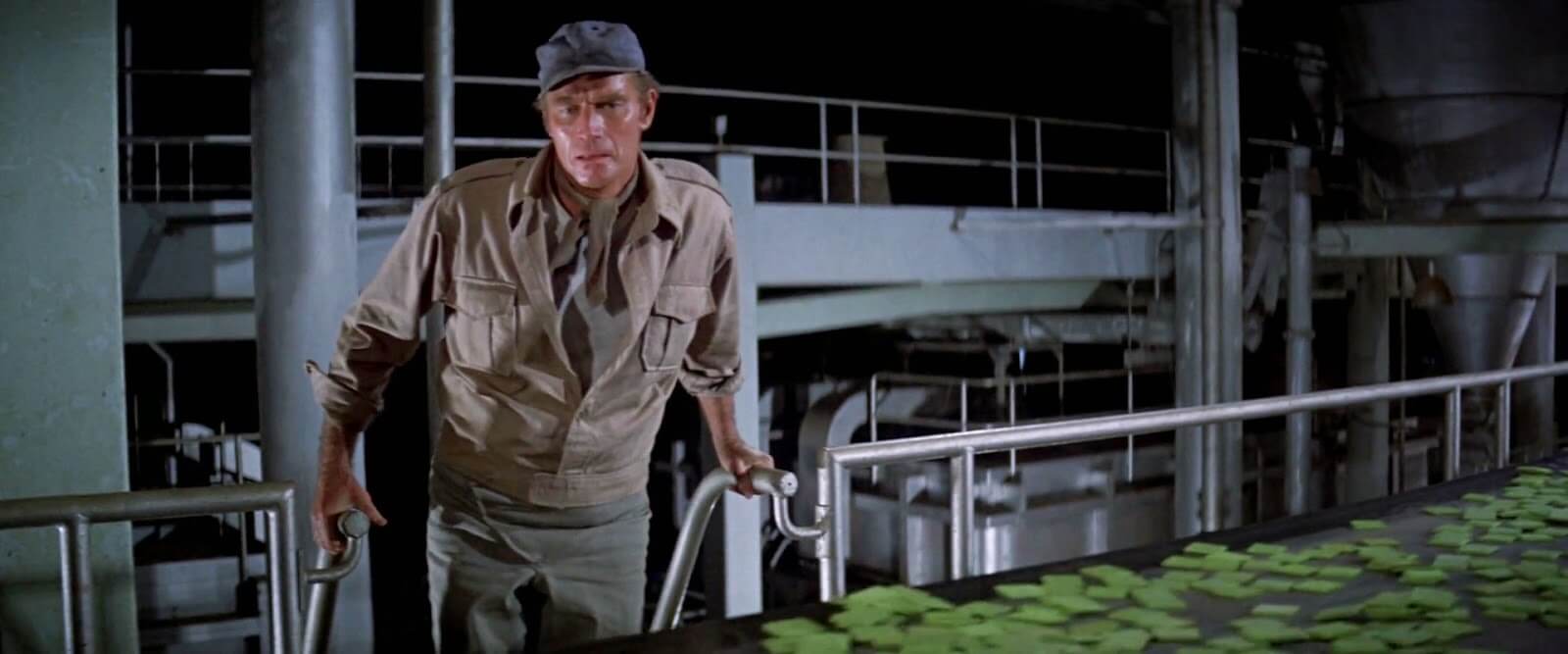
It’s more than 50 years since the premiere of this extraordinary science fiction film, representing post-apocalyptic fantasy. A film whose messages are still relevant. In fact, I even feel that they are gaining value now, as the world depicted in the film becomes increasingly familiar to us. And it’s terrifying.
Soylent Green takes us to the year 2022. The action takes place in New York City, where society has become one dense mass due to overpopulation. Literally. People sprawl on the streets and staircases like garbage because there is simply no place for them anymore. The smell of decay – both physical and moral – fills the air. The image of collapse is sealed by the fact that environmental pollution has led to the disappearance of all natural sources of food. Only the so-called soylent green, produced by a secret corporation and being a synthetic food, keeps people alive. In this decaying world, Robert Thorn, a private detective, is tasked with investigating the murder of a prominent figure. However, he is unaware that solving the case will lead him to discover a terrifying truth about the food consumed by people.
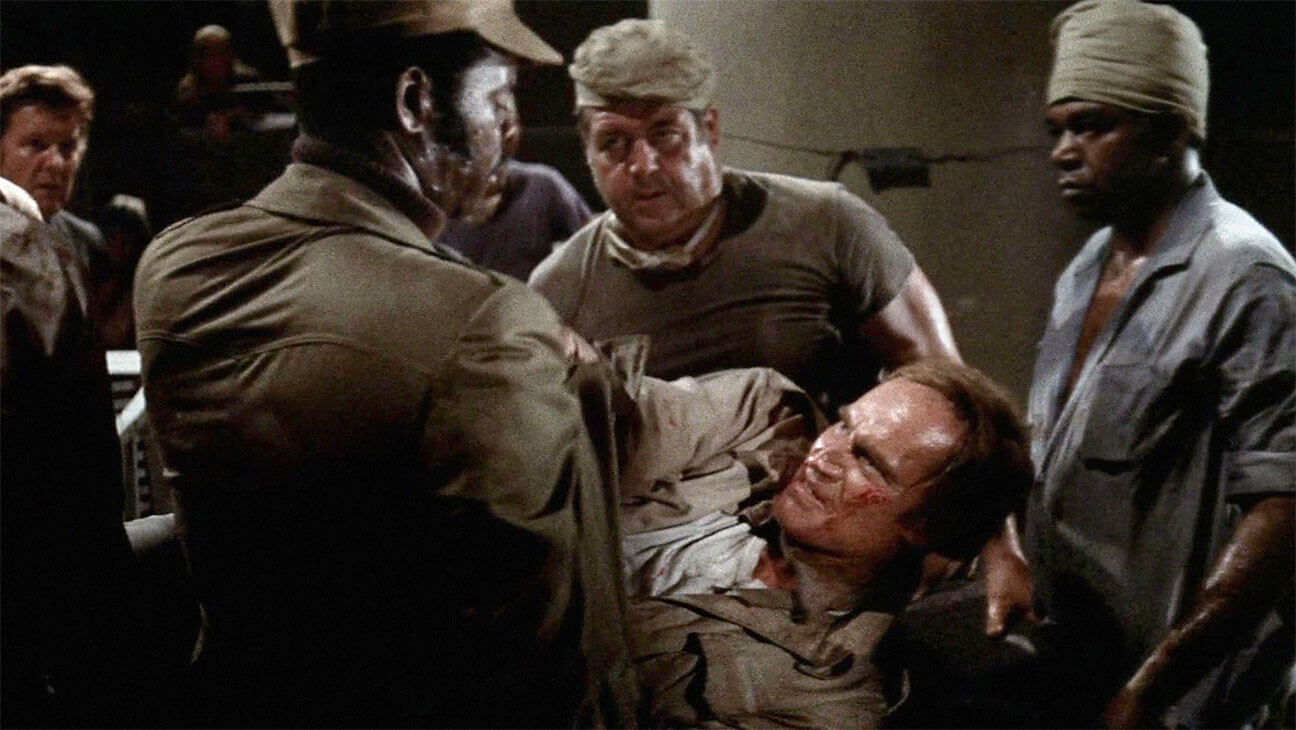
The screenplay for the film is based on the novel Make Room! Make Room! by Harry Harrison, one of the most important science fiction writers. However, the film changed the title and shifted the action to a slightly more distant future – the original was set in 1999. The money – about four million dollars – was put up by MGM. Allegedly, Charlton Heston, the star of the film, was most interested in making the film happen. This is not surprising when you look at his filmography – the actor clearly had a penchant for science fiction spectacles. After Planet of the Apes and The Omega Man, Soylent Green was the third major science fiction film bearing his name. How can you not love him?
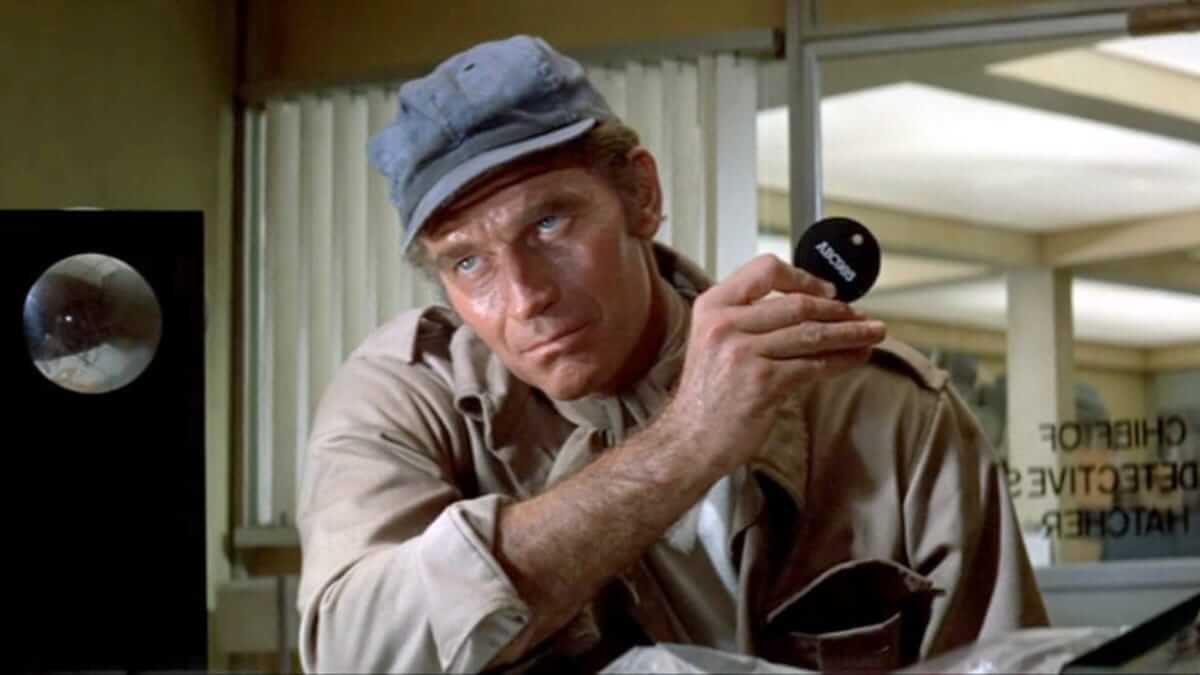
Soylent Green is one of those films whose quality largely stems from the forcefulness of the commentary it forms. Therefore, it cannot be reviewed accurately without revealing the surprising finale. A finale that, thanks to a famous line, has gone down in cinema history. When wounded and battered Charlton Heston shouts at the end of his crusade that “soylent green is people!”, revealing the gruesome practice of turning human remains into food, it is meant to be the ultimate testimony of the end of civilization. However, there is no certainty whether this message will be heard – the editing cuts place a question mark over the sense of Thorn’s struggle, suggesting that for such a corrupt future society, there is no hope left. The hidden metaphor of cannibalism should terrify us with the constant expansion of the boundaries of consumption in the modern world.
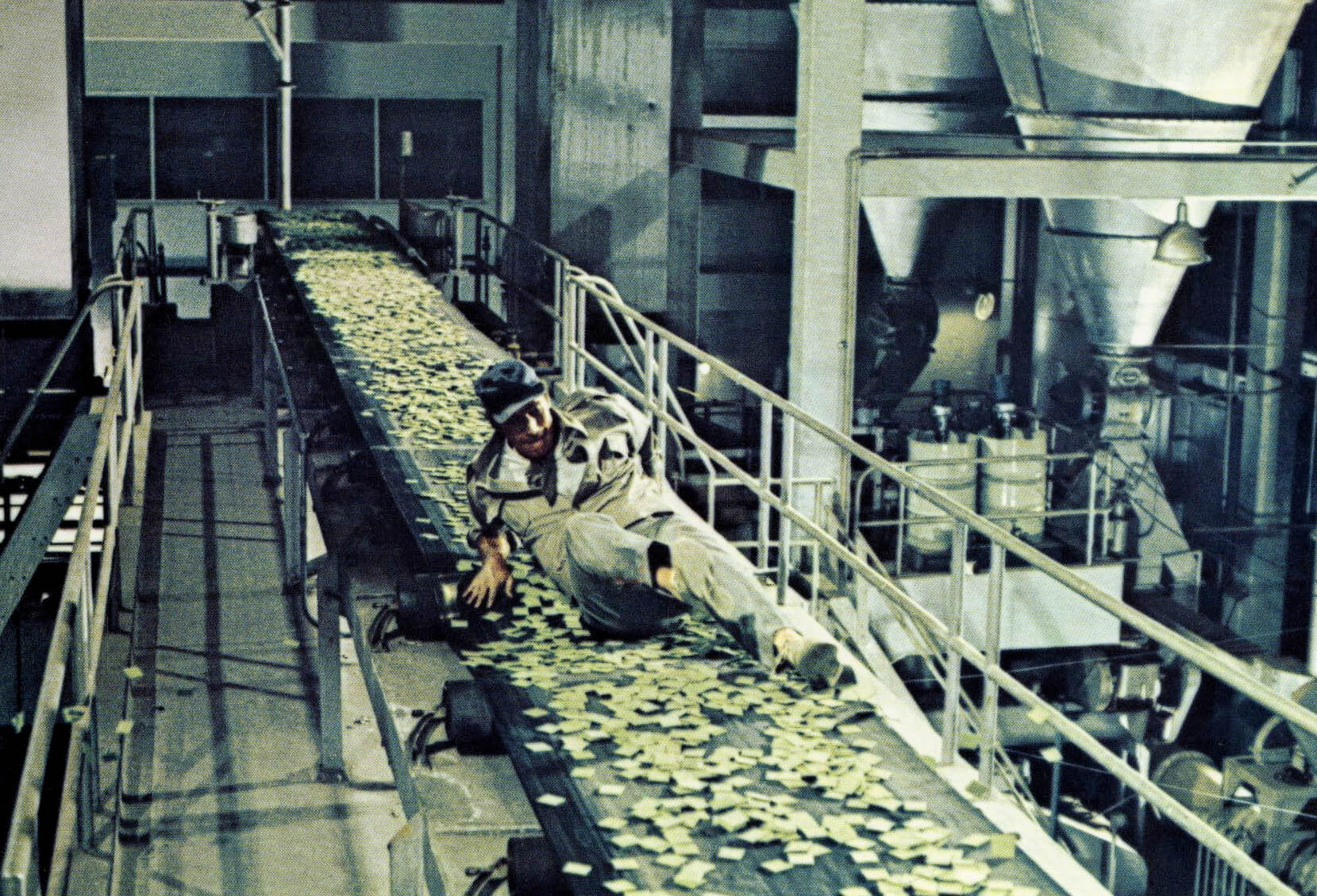
Richard Fleischer’s bleak vision also has a nostalgic character. It arouses longing for matter that may soon be forgotten – the richness of nature. Nature, whose inherent characteristic is transience. In the most touching scene of the film, the character played by Edward G. Robinson gazes at images of flowery meadows, rushing streams, and clear skies appearing before his eyes. This is how he planned his death – by going to a specially prepared room where saying goodbye to the world becomes a form of redemption. However, Charlton Heston’s tears as he watches his friend depart are genuine. Edward G. Robinson was at such an advanced stage of illness during the filming that many feared he might not finish shooting. He did. But the scene in which his character dies was the last one he appeared in. He passed away ten days after leaving the set. He gave himself a beautiful farewell.
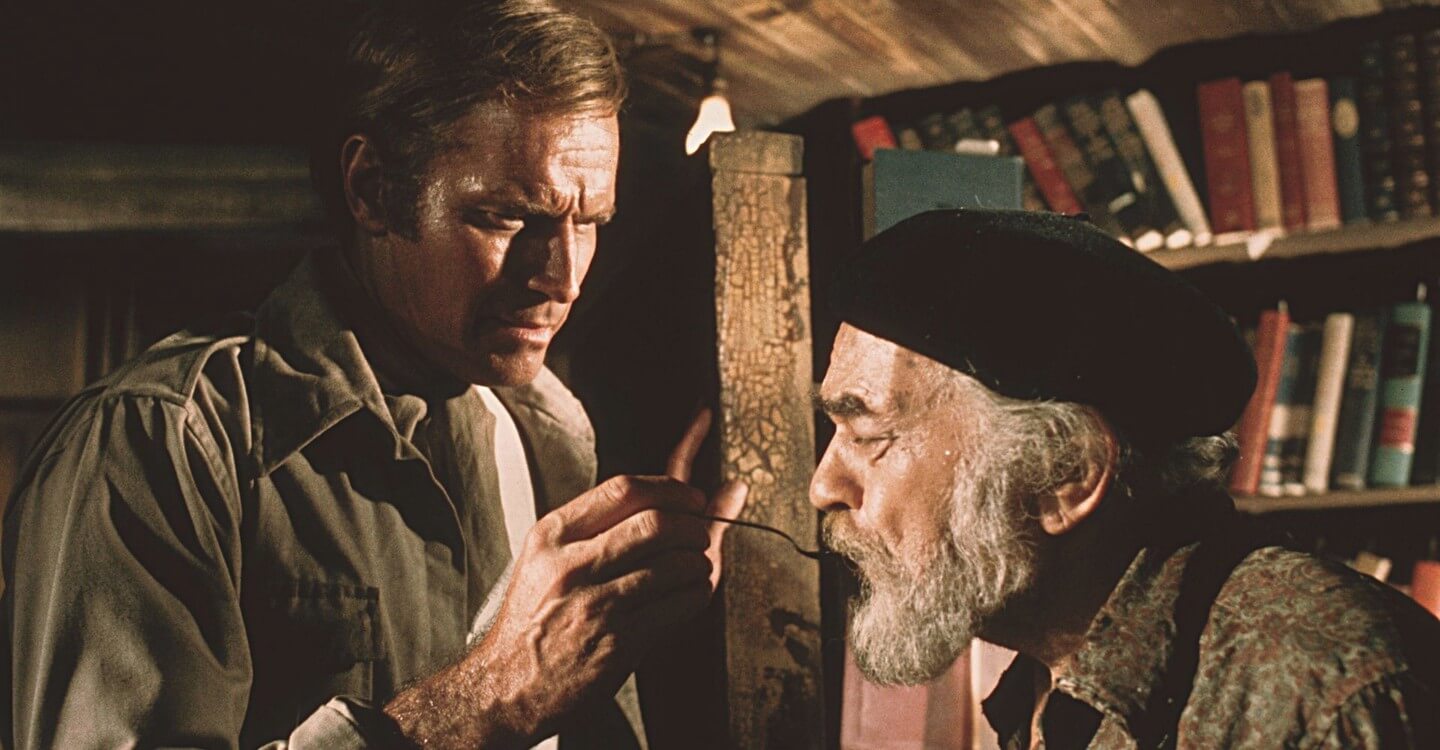
Soylent Green is certainly one of the most outstanding pieces of science fiction cinema of that period. There’s no exaggeration in that statement. Great acting and efficient, consistent execution – that’s one thing. An intriguing story, a kind of variation on a detective story, hiding surprisingly current truths – that’s another. Fifty years have passed since its premiere, and Fleischer’s dystopia still works, still overwhelms with its realism.

